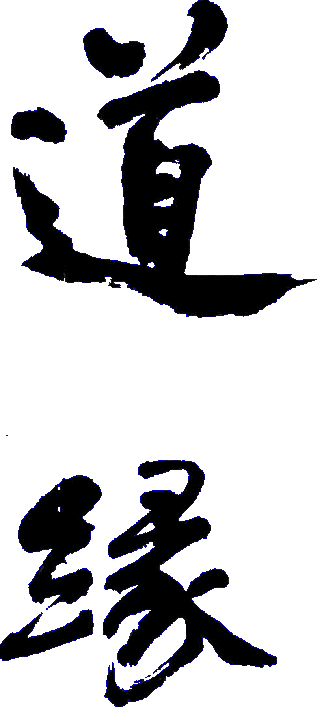Courses and training in qigong from the Daoist and Buddhist traditions
~ The school of Grandmaster Guo Bingsen ~
Teacher: Edith Guba
Sitting meditation A
Sitting exercises are highly valued in both Buddhist and Daoist qigong traditions. They supplement and complete many moving and standing exercises. They can also be practised in their own right when the level of qi has been sufficiently developed through previous exercises.
In sitting exercises the circulation of energy is regulated by directed thoughts or specific hand postures. Some forms of qigong have a particular hand posture for a sitting meditation, for example Fan Teng Gong.
A relaxed body and calm spirit are essential for carrying out sitting exercises.
For exercises which work with the imagination, it is important not to concentrate too hard, but also not to lose concentration. Both these things are not easy to realise for modern people whose attention is always being demanded from many different sides. This is why Master Guo Bingsen prefers to pass on exercises which work only a little with the imagination or not at all.
The practice of such sitting exercises does not stand in contrast to the other forms of qigong taught at the Dao Yuan School and the spontaneous occurance of wu wei is supported. (Furthermore, the aim of exercises which work with the imagination is not the thoughts in themselves, rather the results they bring about: the results are not "produced" or "thought" but happen spontaneously.)
It is difficult to progress beyond the relaxing effects of sitting exercises without the support of a qigong master. At the Dao Yuan School, Master Guo teaches sitting exercises from the Daoist tradition. These courses are offered sporadically, and the exercises can be practised parallel to other exercises for the beginner and can continue to be practised by more advanced practitioners.
The Dao Yuan School teaches three
series of exercises in sitting:A, B and C
A) A meditation from the monastic tradition of Daoism. ( SiMe A )
These exercises can spontaneously open the small celestial circuit and serve to perceive and nurture the five organs.
The Renmai is located in the area of the vertical midline on the front of the torso up to the mouth region, and the Dumai is located in the area of the midline on the back and head. When the small celestial circulation begins to open, the qi inside the spine flows from the bottom to the top and finally joins the renmai for circular circulation.
The perception of the five organs enables the spontaneous experience of fundamental theories of Chinese philosophy and medicine in one's own body.
These simple, yet very profound exercises are usually taught over three weekends and are open to all who are interested. Persons practicing Fan Teng Gong for health reasons and practitioners of Nei Jing Gong 2 please consult Edith Guba before registering.

